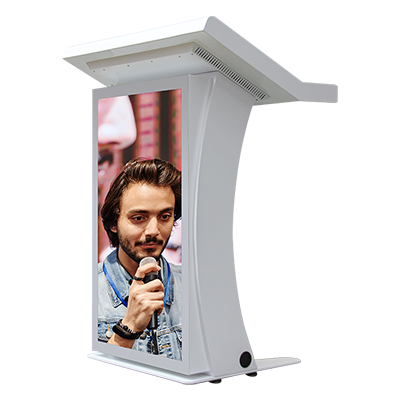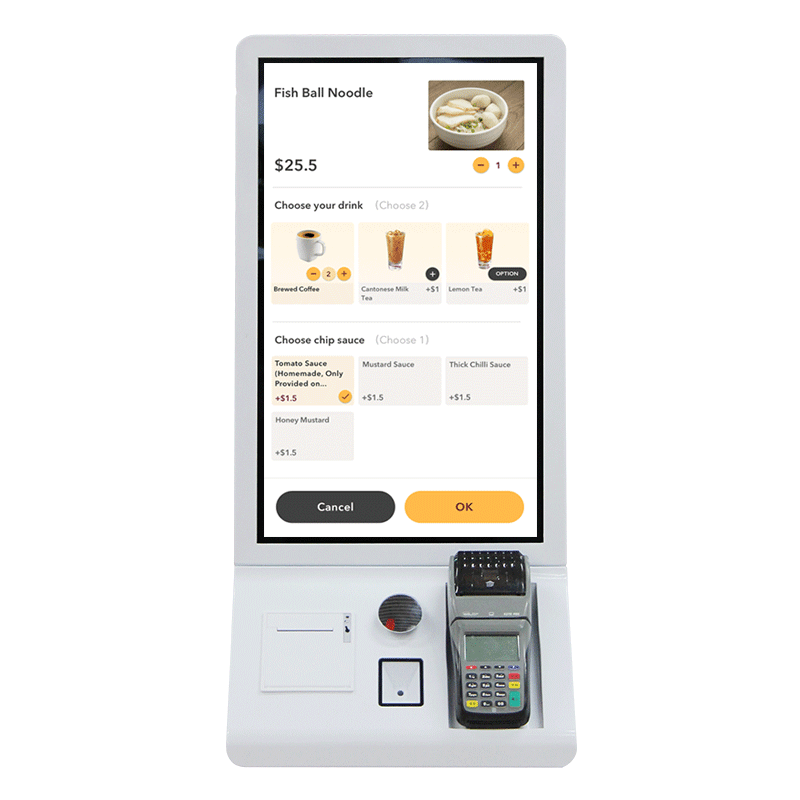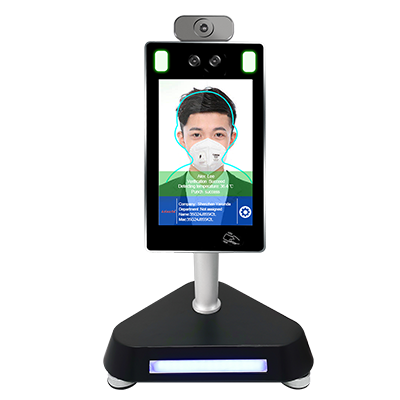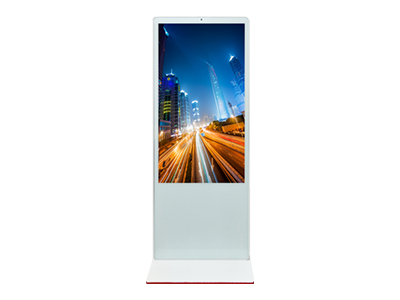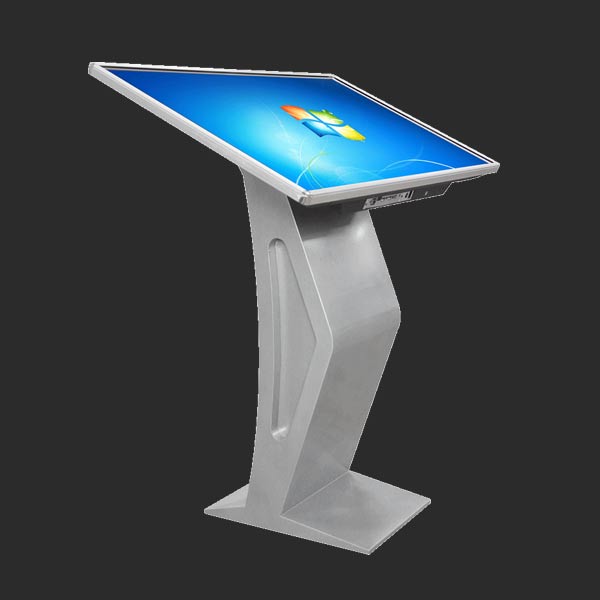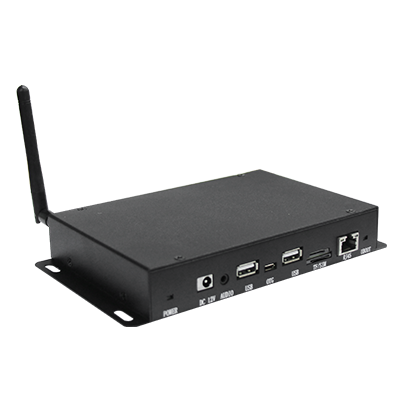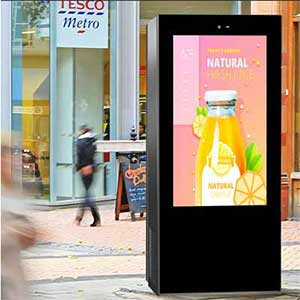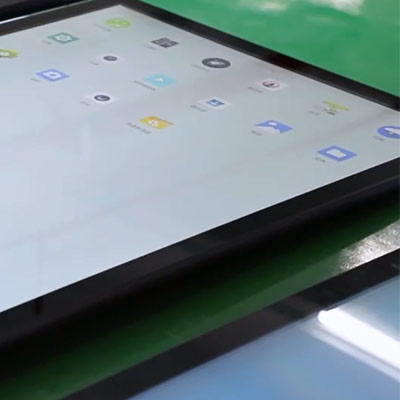How to Optimize Retail Signage Displays for Maximum Profits
Published:2023-12-03Views:525
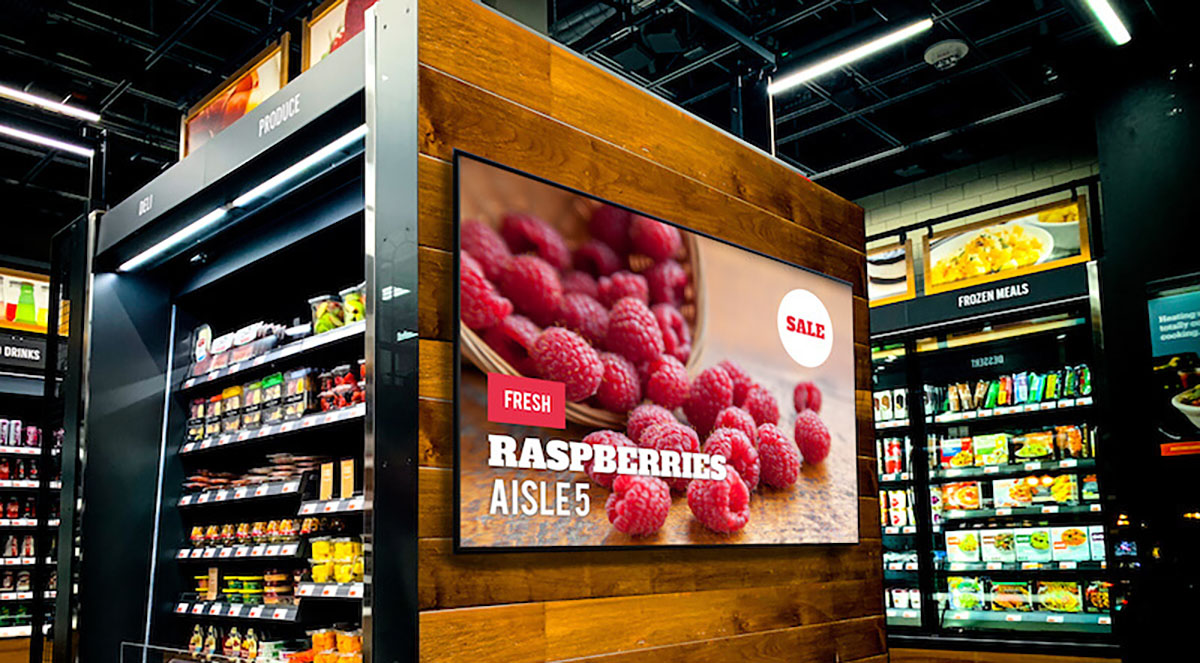
In the retail industry, signage is an important marketing tool that attracts customers' attention, guides their purchasing behavior, and increases sales. However, many businesses have some problems when making and displaying signs, resulting in poor signage effects. This article will explore how to optimize retail signage display to maximize profits and help merchants improve marketing effectiveness.
1. Clarify the purpose and target audience of the signage
Before making a sign, merchants must first clarify the purpose and target audience of the sign. Different signs have different purposes, such as guiding customers to purchase specific products, increasing brand awareness, attracting new customers, etc. At the same time, merchants also need to understand the needs and preferences of the target audience in order to produce signage that is more in line with the audience's tastes.
2. Choose the appropriate sign type
Choose the right type of signage based on your needs and target customer groups. For example, if you want to create a warm atmosphere in your store, you can choose illuminated signage or dynamic signage; if you want to attract the attention of pedestrians, you can choose outdoor signage or large billboards. Different types of signs have their own advantages and disadvantages, and the choice needs to be based on the specific situation.
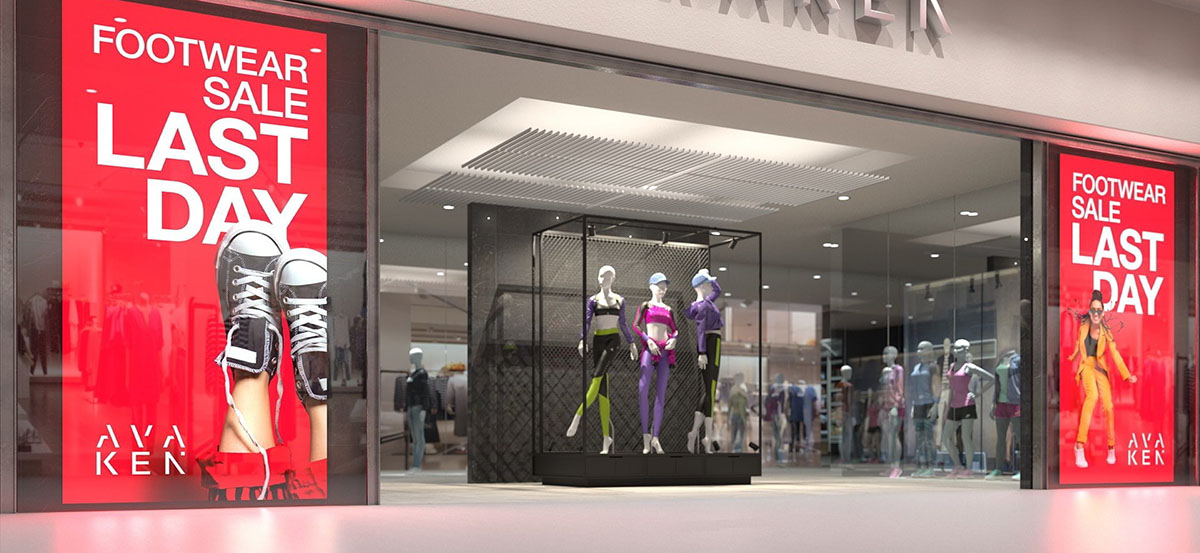
3. Optimize signage design
1. Color matching: Choose a color matching that is consistent with the brand image to ensure that the signage is visually attractive. Also, avoid using color combinations that are too harsh or confusing.
2. Text content: Make sure the text on the sign is concise and clear and can accurately convey the information. Avoid using overly complex words or terminology that may confuse customers.
3. Images and graphics: Using high-quality pictures and graphics can enhance the visual effect of your signage. Choose images and graphics that are relevant to your brand or product to increase the emotional connection with your customers.
4. Layout and typesetting: Reasonably arrange the layout and typesetting of elements on the sign to ensure that the information level is clear and easy to read. Use white space and grouping appropriately to avoid visual clutter.
4. Reasonably set the location and size of signs
The location and size of signage can also affect its effectiveness. Merchants need to choose a reasonable sign location and size based on factors such as store layout, customer traffic, and purchasing habits. Generally speaking, the signage should be placed in a conspicuous position so that customers can easily see it; at the same time, the size of the signage should be determined according to the actual situation. If it is too large or too small, it will affect the visual effect. It should also be based on the habits of the target customer group. Choose the best placement height and angle according to your behavior pattern.
5. Regular s and maintenance
To keep your signage attractive and effective, you need to and maintain it regularly. Promptly replace expired or damaged signs to ensure they are always in top condition. Additionally, make sure your signage content is consistent with your marketing strategy by adjusting it based on sales and market changes.
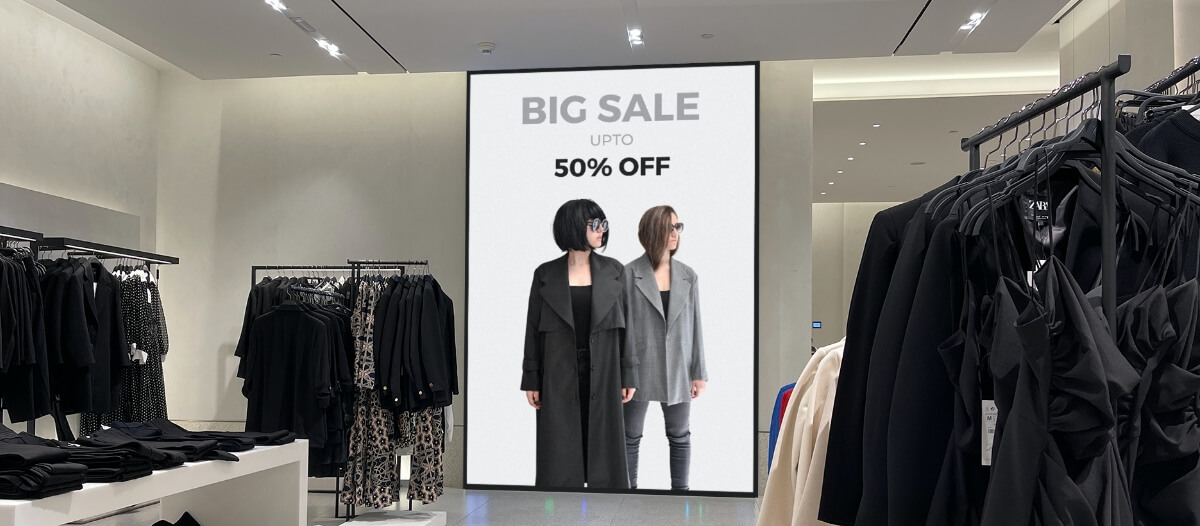
6. Use digital technology to enhance interactivity
Incorporating digital technology can make signage more interactive and engaging. For example, you can add elements such as touch screens, QR codes, etc. to allow customers to interact with the signage to get more information or participate in fun interactive games. This interactivity not only increases customer participation and experience, but also helps collect customer feedback to better improve products and services.
7. Regularly uate and adjust the effectiveness of signage
Merchants need to regularly uate and adjust the effectiveness of their signage to better increase sales and brand image value. Merchants can uate the effectiveness of signage by observing customer reactions, collecting customer feedback, and analyzing sales data. If the signage is found to be ineffective or has other problems, merchants need to promptly adjust the signage content and display methods in order to achieve the best marketing effect.
8. Use in conjunction with other marketing strategies
Retail signage is not a stand-alone marketing strategy. Merchants need to use it in conjunction with other marketing strategies to better increase sales and brand image value. For example, merchants can combine signage with promotional activities to attract customers to purchase specific products through discounts, full discounts, etc. Merchants can also combine signage with social media to expand brand awareness and influence through online promotion and interaction. .
These examples below detail how to optimize retail signage displays for maximum profit:
Real-time inventory display: A sneaker retailer uses digital signage to display how much of each shoe is in stock. When inventory is low, the sign will automatically change color and flash, prompting store clerks to restock in time. This ensures that hot-selling items are always on the shelves, reducing the loss of customers because they can’t find the size or style they want.
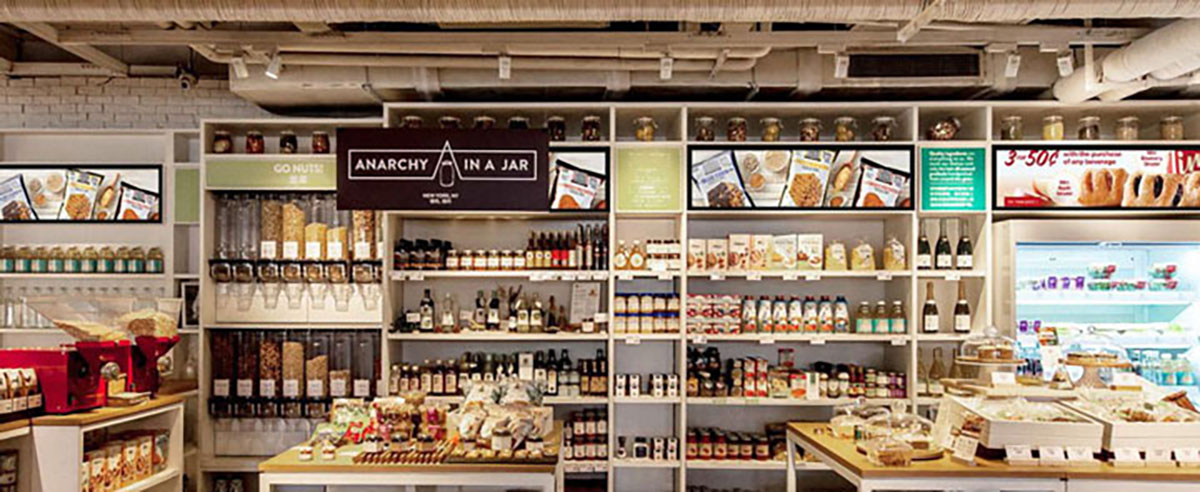
Personalized recommendations: An apparel retailer uses digital signage with touch screens that allow customers to enter their preferences, style or occasion, and the sign displays recommended outfit combinations. Not only does this enhance the customer experience, it also increases sales because it’s easier for customers to find items they actually like.
Virtual fitting room: A high-end fashion brand uses virtual fitting room technology, where customers can choose clothes on a digital signage and "try them on" on their own bodies through AR technology. This innovative experience attracted a large number of customers and significantly increased conversion rates.
Interactive games: A children’s toy store has an interactive play area with digital signage throughout the store. Kids can play simple games, and each time a level is completed, toys and offers related to the level are displayed. This not only attracts children, but also makes accompanying parents more likely to purchase related toys.
Emotional marketing: A jewelry store uses dynamic video on its signage to showcase various couple, family and personal stories to emotionally demonstrate how jewelry can be a part of life's precious moments. This approach strengthens the emotional connection with customers and increases sales.
Geo-targeted marketing: A coffee shop chain displays location-based offers on its digital signage. For example, when a customer approaches a branch, their smartphone will receive a push notification showing that branch's specialty coffees and limited-time offers. This increases in-store traffic and sales.
Cross-channel integration: A home furnishings retailer displays merchandise on its digital signage while also providing QR codes for customers to scan. After scanning, customers can directly enter the online purchase page of the product to view more details or make a purchase. This enables the integration of online and offline channels and increases sales.
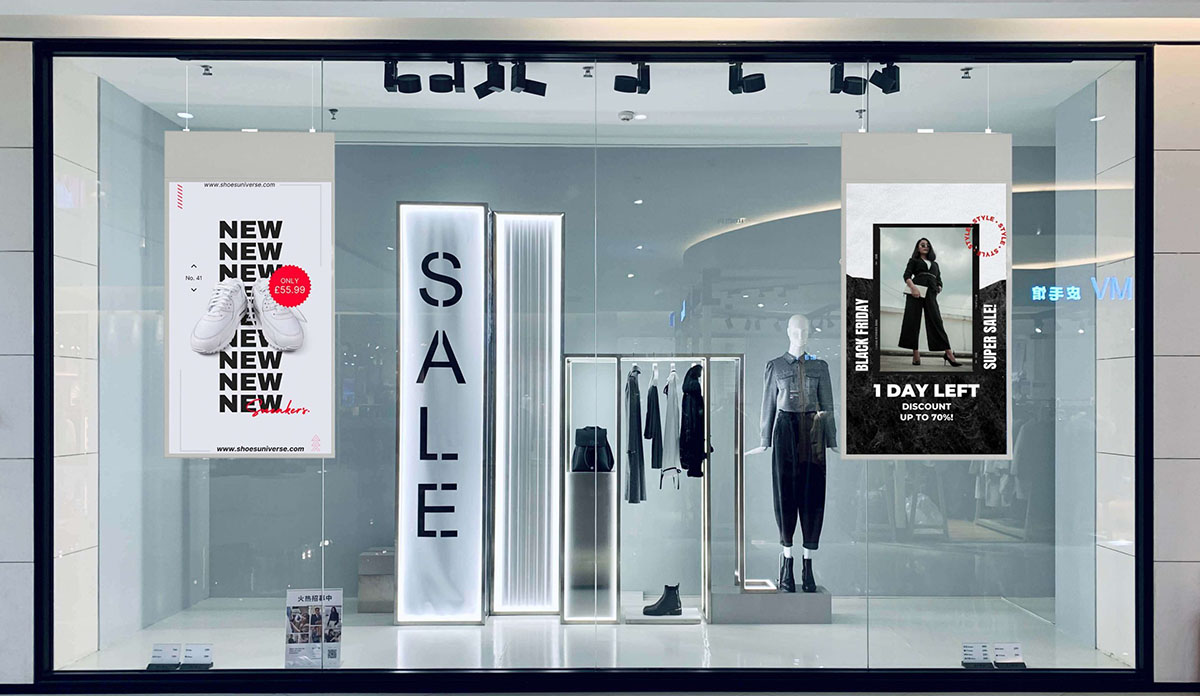
Data-driven offer strategy: By analyzing customer purchase history and behavioral data, an electronics retailer dynamically displays offers targeted at different customers on its digital signage. For example, for customers who frequently purchase high-end products, the signage will display more discount information on high-end products. This increases the relevance of offers and conversion rates.
Community engagement: A bookstore uses digital signage to display information about new books, signings and lectures by local authors. In addition, they invite customers to leave comments on the sign sharing their favorite books or reading experiences. This sense of community involvement strengthens connections with customers, increasing the bookstore’s visibility and sales.
Environmental awareness technology: An outdoor store uses digital signage with sensors to dynamically display relevant products based on weather conditions outside the store. For example, when it rains, the signage will automatically display raincoats, umbrellas and other rainproof products. This contextual presentation increases product relevancy and sales.
In summary, optimizing retail signage displays is an ongoing process. The effectiveness and profits of signage can be greatly improved by clear goals, choosing the right type, careful design, reasonable placement, regular updating and maintenance, and using digital technology to enhance interactivity. At the same time, respect privacy and do not abuse guests' information data to promote products or services. Only in this way can your signage become a truly effective marketing tool to maximize profits while enhancing brand image and value.

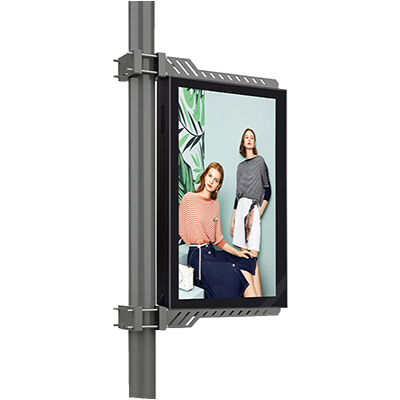

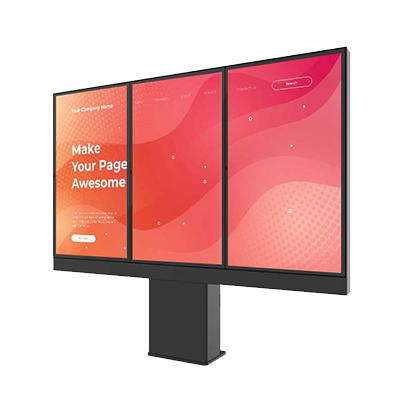
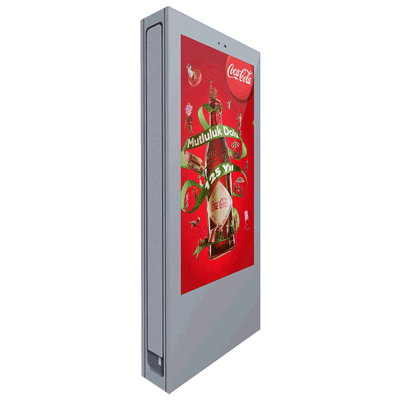




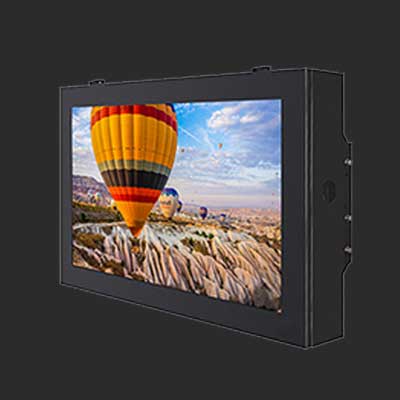
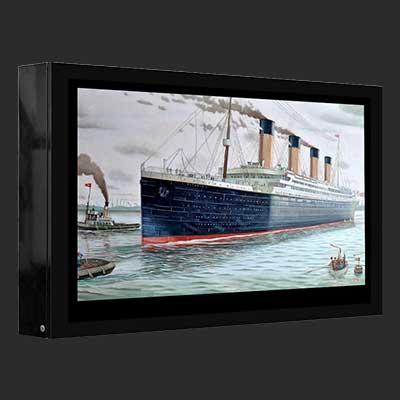
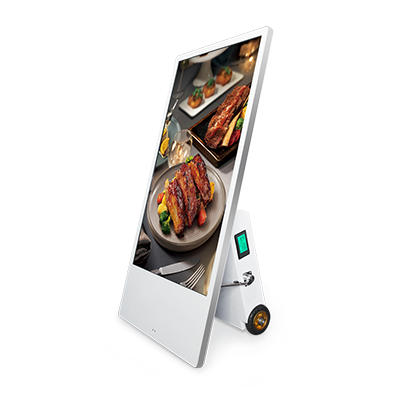


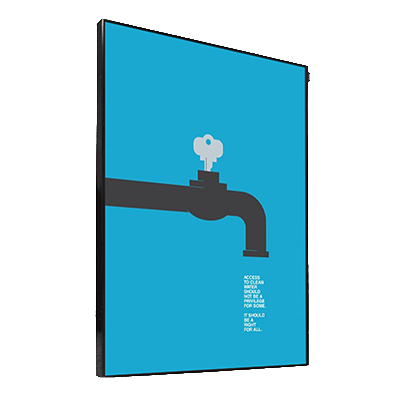



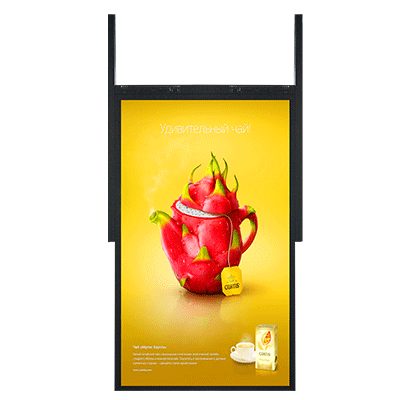
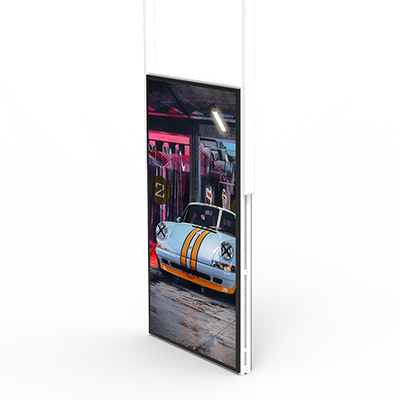
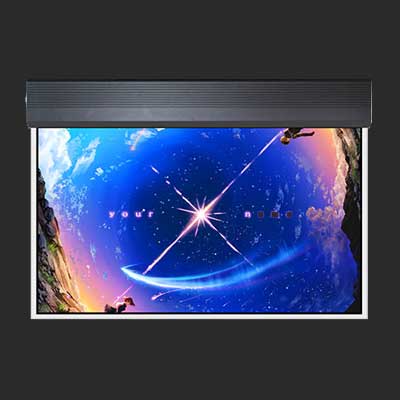


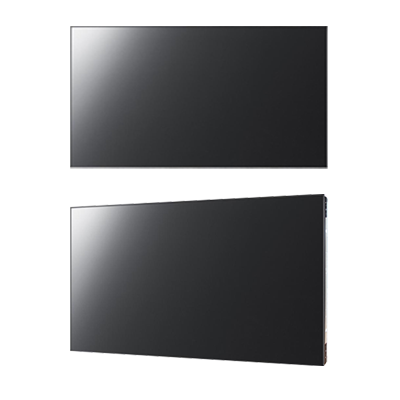


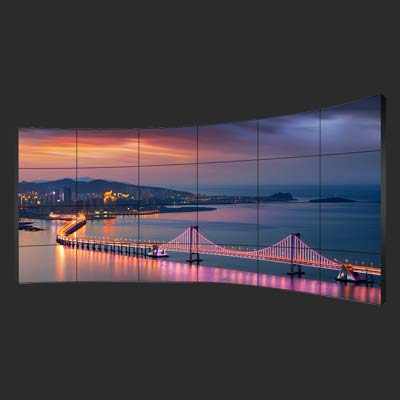

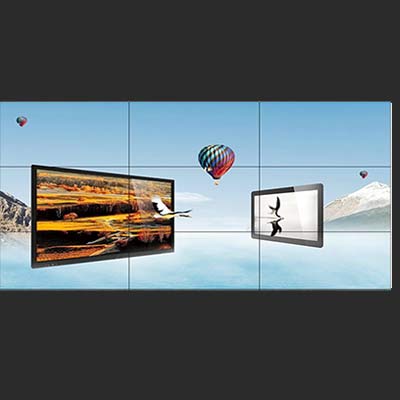
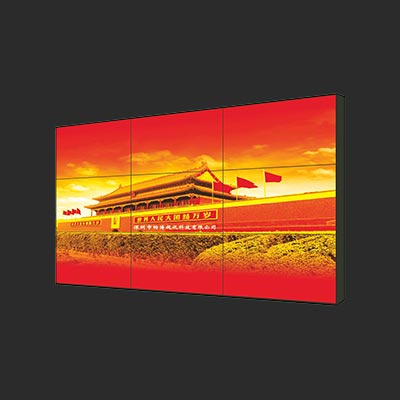


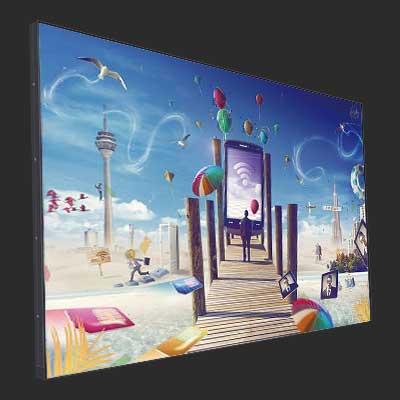


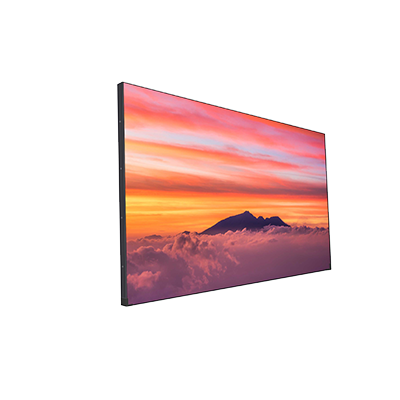




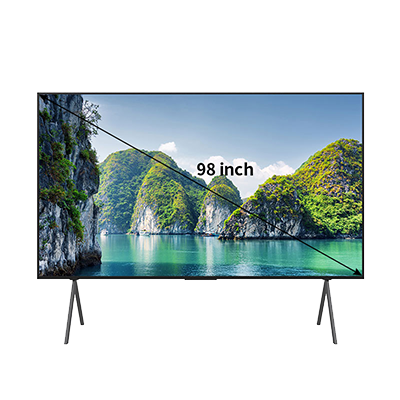

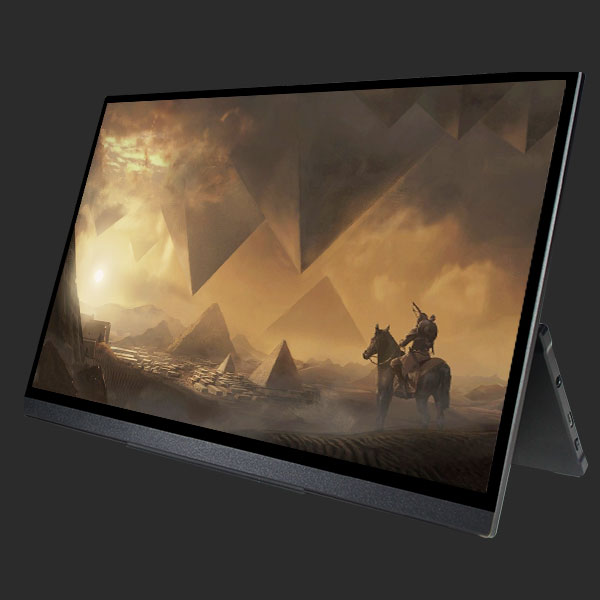
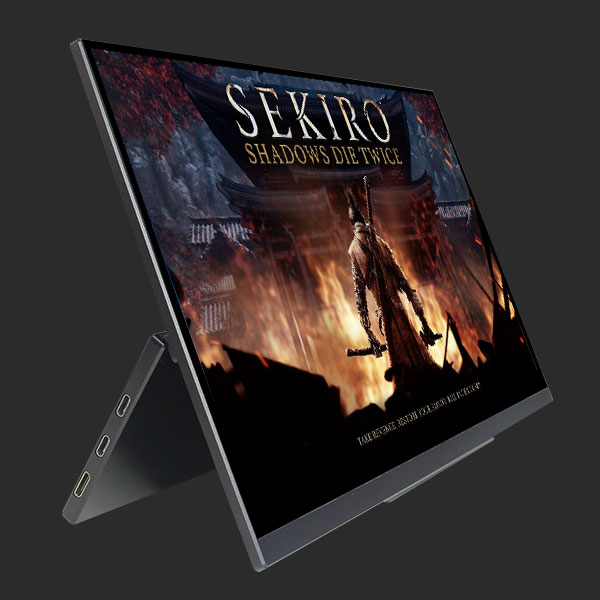
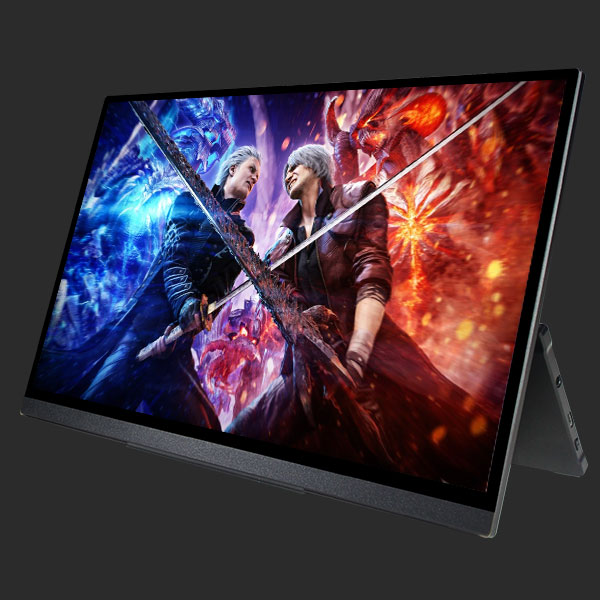

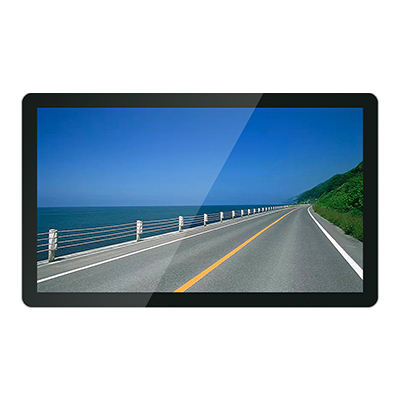
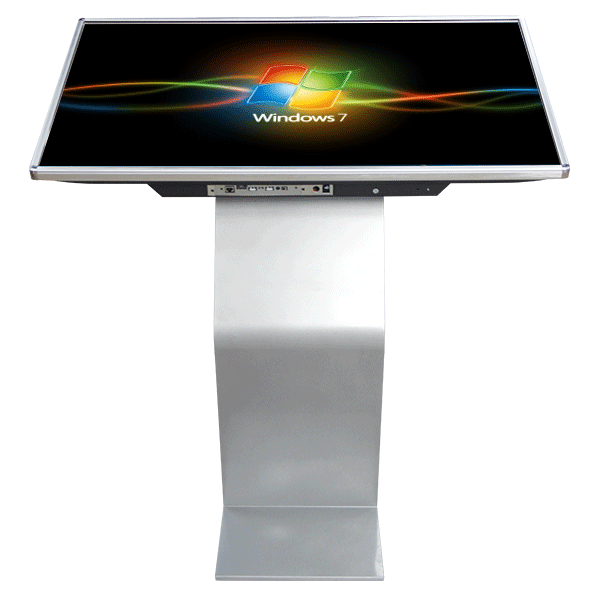
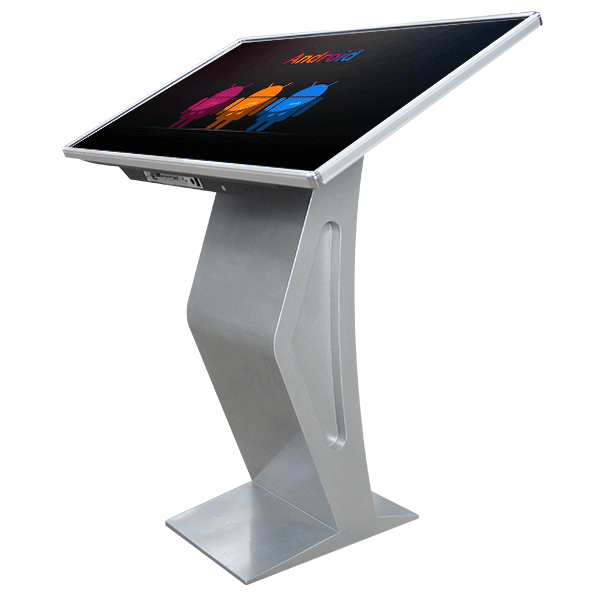
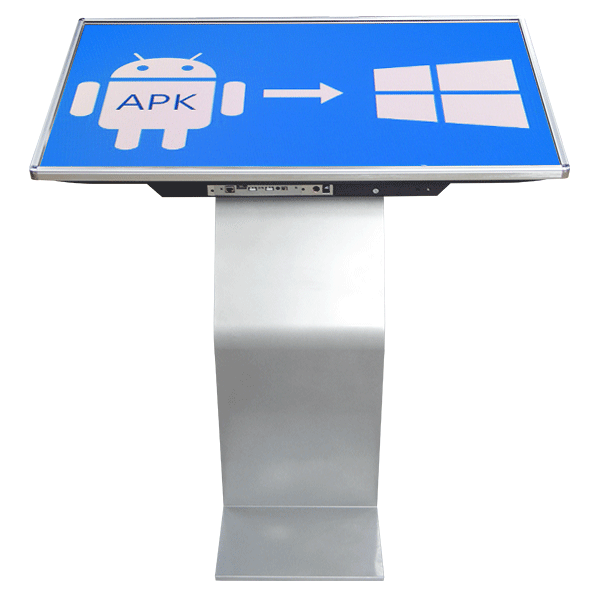
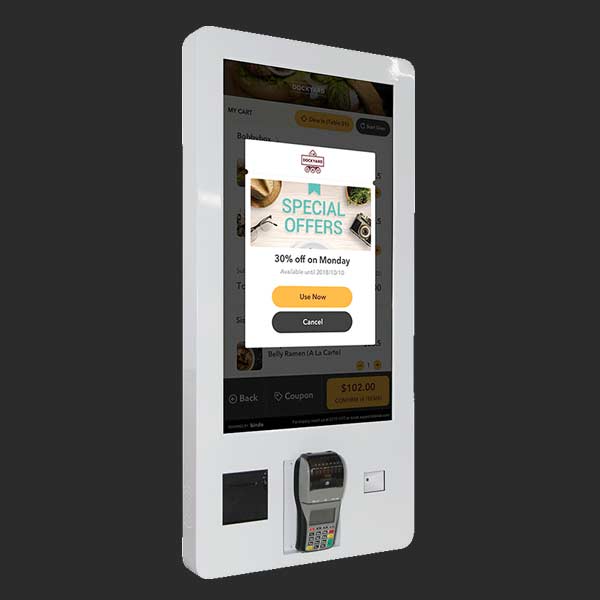
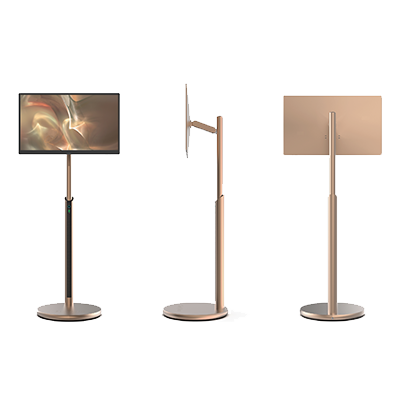

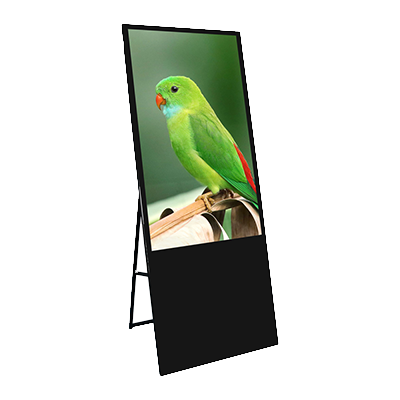
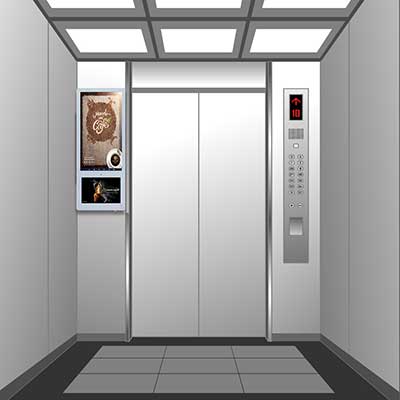
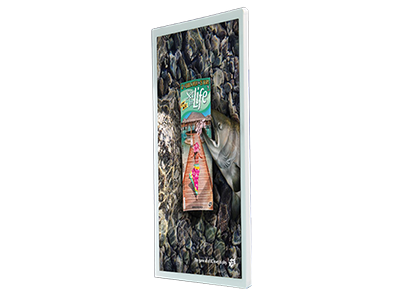
.png)


